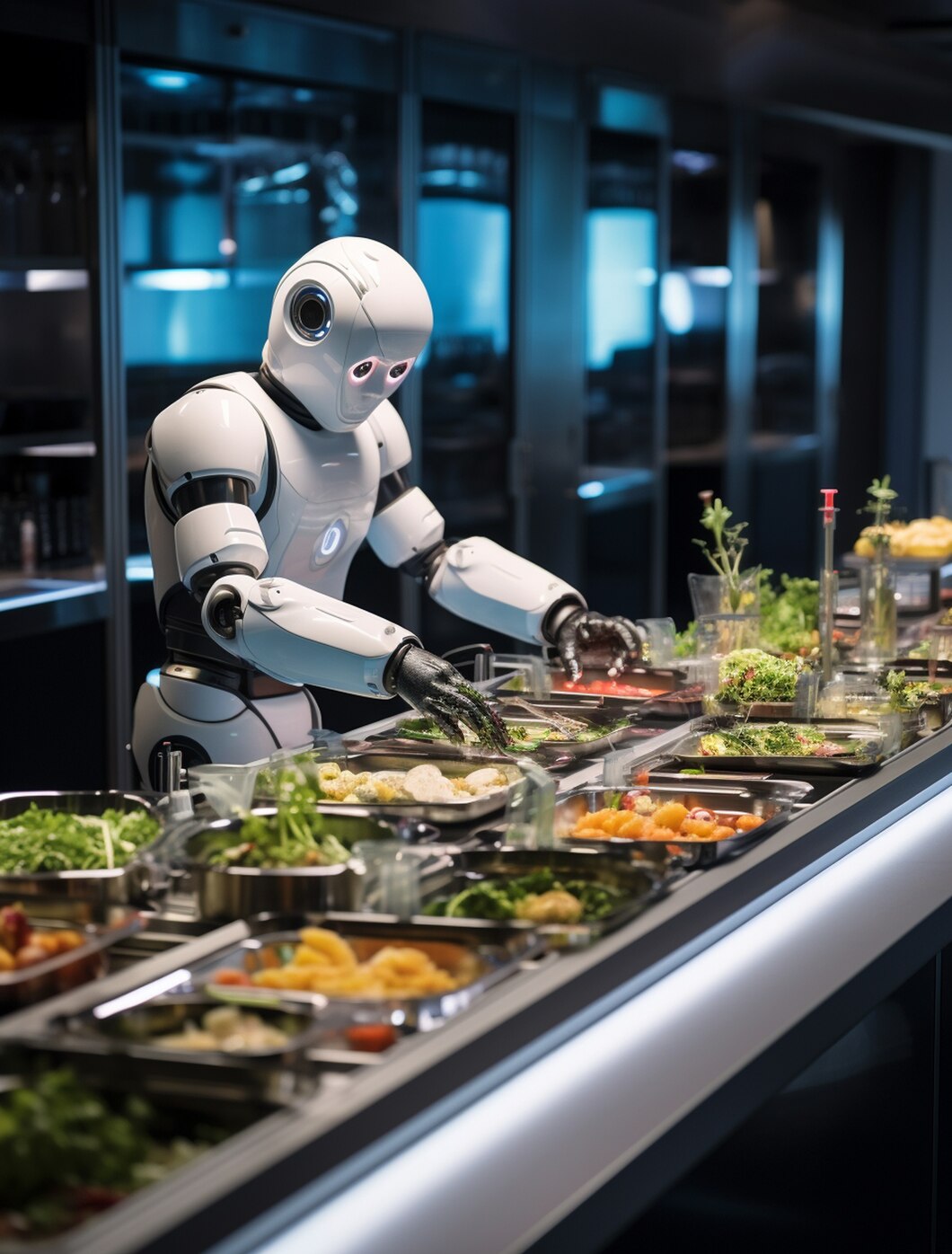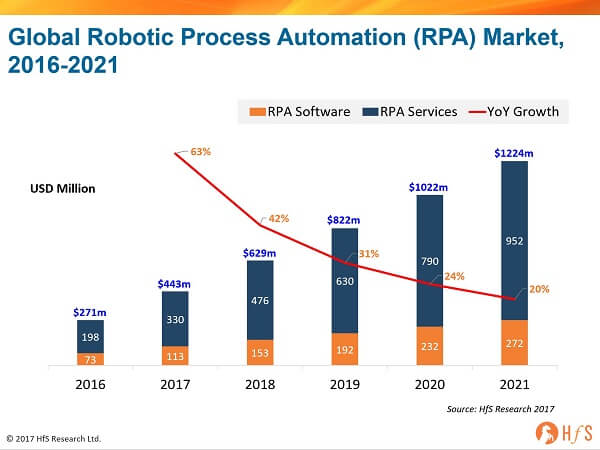
The Power of Automation in AI ML and Robotics
29 March, 2024
In the digital age, predictive and prescriptive analytics are crucial for business success. Organizations are now trying to extract valuable insights from the vast troves of Big Data.
However, this task requires expert-level knowledge in AI and machine learning (ML) - a rare and costly commodity. Enter automation - the game-changer.
Automating machine learning can help organizations complete both routine and complex jobs more efficiently. AutoML (automated machine learning) can now perform many tasks once reserved for talented data scientists.
This frees up these highly skilled experts to focus on more innovative, human-centric work. AutoML is not a replacement for data scientists, but a powerful tool to offload their routine tasks.
In this article, we'll explore the transformative impact of automation on the world of AI and ML.
Streamlining the AI Lifecycle with Automation
In the ever-evolving world of data science and machine learning (ML), automation is making waves. The data science lifecycle encompasses a wide range of tasks, with ML being a crucial component. Automation has been implemented at various stages of the AI solution-building process, empowering data scientists to work more efficiently.
Let's explore the areas where automation has been integrated into the AI development journey:
- Data Cleansing: The first step in building any AI solution is to collect relevant data. Automation tools are used to partly streamline the data cleaning process, which involves formatting, error removal, and data preparation.
- Data Visualization: Visualization is a vital step in the data science lifecycle. Automation tools are used to create graphs, charts, and other visual components, while data scientists still analyze the insights.
- Model Building: The model-building process can be fully automated. AutoML tools are highly effective in validating, tuning, and selecting the most optimized model, delivering accurate outputs.
- Continuous Monitoring: AI models require ongoing monitoring and maintenance after deployment. Automated tools handle routine maintenance tasks, ensuring the model's accuracy over time. However, human intervention remains crucial for potential adjustments.

In this process, we find that some steps are partially automated, as human intelligence is still required to interpret the results. Automation is primarily used to tackle time-consuming and repetitive jobs, freeing up data scientists to focus on more innovative and strategic work.
What is AutoML?
Automated machine learning (AutoML) refers to a set of tools and libraries that automate the model selection process. AutoML is widely embraced by organizations seeking to extract the best possible insights from their data. It's now an integral part of any data science project.
The Goal of AutoML
The primary purpose of automation is to quickly and effectively complete repetitive tasks and produce efficient results. AutoML tools and platforms aim to shorten the data science model selection lifecycle, delivering the optimal model for a given dataset.
AutoML Tools and Platforms
The AutoML domain boasts a wealth of tools, libraries, and platforms. Some of the most popular options include AutoKeras, Auto-WEKA, and Auto-sklearn. Cloud platforms like Azure ML, and IBM Watson also offer Machine Learning as a Service (MLaaS) capabilities.
Is AutoML a Threat to Data Scientists?
Absolutely not! AutoML is actually requires data scientists. Let's explore the machine learning pipeline to understand why:
- Data Collection: This stage remains untouched by AutoML.
- Data Preparation: AutoML frameworks help automate the time-consuming and repetitive tasks of cleaning, formatting, and processing data.
- Modeling: AutoML tools excel at performance tuning and selecting the best-suited model with the optimal hyperparameters.
- Deployment: This stage still requires human oversight and intervention.

In essence, AutoML is a powerful tool that accelerates certain parts of the ML pipeline, allowing data scientists to focus on high-value, innovative tasks. It's a collaborative partner, not a replacement, for these skilled professionals.
Robotic Process Automation (RPA) Explained
Robotic Process Automation (RPA) refers to software technology that automates repetitive, high-volume, and rule-based tasks. RPA bots are designed to mimic human actions and can be used for both simple and complex tasks. The key benefits of RPA include:
- Reduced Errors: RPA bots perform tasks consistently without the risk of human errors.
- Increased Efficiency: RPA can complete tasks faster and more reliably than humans, boosting productivity.
- Cost Savings: RPA is a cost-effective solution compared to hiring additional staff for repetitive work.
- Improved Customer Experience: RPA enables 24/7 availability and faster response times for customers.
While RPA is good at automating structured, rules-based processes, it lacks the cognitive capabilities to handle unstructured data or make complex decisions. This is where Artificial Intelligence (AI) and Machine Learning (ML) come into play.

Combining RPA and AI/ML for Intelligent Automation
By integrating RPA with AI and ML, organizations can achieve "Intelligent Automation" - a powerful combination that can automate end-to-end business processes.
AI and ML can enhance RPA in several ways:
- Unstructured Data Processing: AI-powered bots can extract insights from unstructured data like emails, documents, and chat logs.
- Enhanced Decision-Making: ML algorithms can learn from past data to make more intelligent, context-aware decisions.
- Continuous Improvement: AI-enabled RPA bots can self-learn and optimize their performance over time.
The synergy between RPA, AI, and ML allows organizations to automate a wider range of tasks, from simple data entry to complex problem-solving, leading to greater efficiency, cost savings, and customer satisfaction.
The Soaring Future of Robotic Process Automation (RPA)
The global automation market is poised for rapid growth, and RPA adoption is set to surge as a key part of this transformation. The primary drivers? Performance and cost savings.
When you combine RPA with the power of AI, ML, NLP, and BPM tools, the result is a game-changing "hyperautomation" capability that can revolutionize business processes.
Automation: The Winning Formula for AI Success
Data science, AI, and ML are undoubtedly transforming the world of complex business processes. But building successful AI solutions can be challenging, requiring significant effort and investment.
The good news? The rise of automation tools has made it easier than ever to develop AI applications. By integrating AI with AutoML and RPA, organizations can unlock a winning strategy to thrive in the digital age.